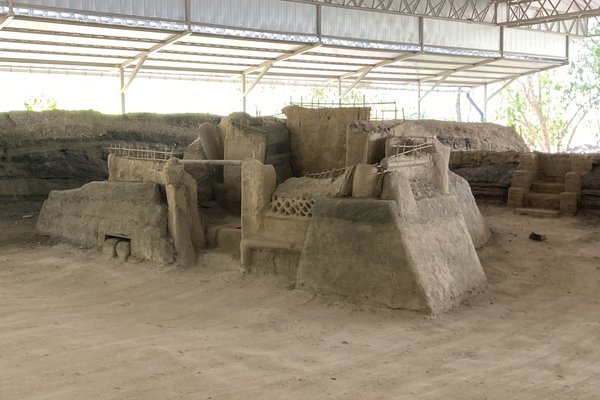El Salvador
Joya de Ceren
The Joya de Cerén Archaeological Site is a pre-Columbian Maya farming village that has been preserved after it was destroyed by volcanic ash around 600 CE.
It provides an excellent testimony of the daily lives of ordinary people, as they left behind utensils, ceramics, furniture, and even half-eaten food in their haste to escape the eruption of the Loma Caldera volcano. The remains of the earthen architecture have also been preserved.
Community Perspective: the site is easily reached by public bus, either from Santa Ana or San Salvador. Visiting the on-site museum with original excavated items is recommended to do first. The earthen buildings are very much intact, but do not expect grand stone buildings like in other Maya sites.
Site Info
Official Information
- Full Name
- Joya de Ceren Archaeological Site (ID: 675)
- Country
- El Salvador
- Status
-
Inscribed 1993
Site history
History of Joya de Ceren
- 1993: Inscribed
- Inscribed
- Type
- Cultural
- Criteria
- iii
- iv
Links
- UNESCO
- whc.unesco.org
- Official
-
- cultura.gob.sv — Ministry of Culture
- fundar.org.sv — Joya de Ceren
All Links
UNESCO.org
- whc.unesco.org — whc.unesco.org/
Official Website
- cultura.gob.sv — Ministry of Culture
- fundar.org.sv — Joya de Ceren
News Article
- Dec. 25, 2015 scientificamerican.com — Archaeological Finds in El Salvador Tell a Whole Different Tale about Maya Society
- Nov. 4, 2015 eurekalert.org — Footprints on ceremonial road may indicate Ceren residents were fleeing volcano
- June 17, 2009 dailycamera.com — Anthropologists have uncovered the first and only site of ancient, large-scale manioc cultivation in Central America at Ceren
Community Information
- Community Category
- Archaeological site: Pre-Columbian
Travel Information
Recent Connections
-
Perfect Inscriptions
1993 -
Named after individual people
Joya de Ceren ("Jewel" or) Fertile Va… -
Cultural sites closely connected to volcanoes
The eruption of the Loma Caldera volcan…
Connections of Joya de Ceren
- Trivia
-
-
Cultural sites closely connected to volcanoes
The eruption of the Loma Caldera volcano caused 10 meters of pyroclastic debris to settle over the site (wiki) -
Dubbed as another WHS
Pompeii of the Americas
-
- History
-
-
Mayan culture
Late Preclassic Maya Period Mesoamerican settlement (AB ev) -
Historical Food Remains
ICOMOS : "the objects recovered constitute a virtual inventory of their contents at the moment of eruption .... and a variety of foods including maize, beans, chilis and cocoa beans"
-
- Damaged
-
-
Covered by volcanic ash
The rapid ash fall from Loma Caldera volcano, and the sudden abandonment of the village, created exceptional circumstances that preserved architecture, organic materials and different artefacts. (OUV)
-
- World Heritage Process
-
-
Perfect Inscriptions
1993 -
First inscriptions
El Salvador 1993 -
Only WHS in their country
El Salvador
-
- Constructions
-
-
Tombs
-
Protective Shelters
3 separate covered areas -
Baths
Sauna
-
- Timeline
-
-
Built in the 6th century
Frozen around 590
-
- Science and Technology
-
-
Recently discovered
The site was discovered during the construction of government grain-storage silos in 1976, when a clay-built structure was exposed by a bulldozer. Excavation were carried out under the direction of Dr Payson D. Sheets (University of Colorado) in 1978 and 1980, but were interrupted by civil war. They were resumed in 1988 and have been continuing since that time." - AB Document -
Excavated by American Universities
Colorado University
-
- Visiting conditions
-
-
Foreigner prices
$1 "Salvadorians and Central Americans" $10 - foreigners
-
- WHS Names
-
-
Named after individual people
Joya de Ceren ("Jewel" or) Fertile Valley of Cerén" in Spanish, Cerén is a surname of the former landowner) is located on the periphery of the Mayan realm."
-
News
- scientificamerican.com 12/25/2015
- Archaeological Finds in El Salvado…
- eurekalert.org 11/04/2015
- Footprints on ceremonial road may …
- dailycamera.com 06/17/2009
- Anthropologists have uncovered the…
Recent Visitors
Visitors of Joya de Ceren
- Alberto Rodriguez Gutierrez
- Alejandro Lau
- Alex Baranda
- A. Mehmet Haksever
- Ammon Watkins
- Ana
- Ana Lozano
- Atila Ege
- basementonline
- Bill Maurmann
- Bram de Bruin
- Carlo Medina
- Carlos Sotelo
- Christoph
- ctravel
- Cyberczar
- Daniela Hohmann
- dave wood
- Dennis Nicklaus
- Digits
- Dorejd
- Els Slots
- Erik Jelinek
- Eva Kisgyorgy
- Frederik Dawson
- Gary Arndt
- George Gdanski
- GeorgeIng61
- Iain Jackson
- Jacob Choi
- Jarek Pokrzywnicki
- Jawnbeary
- Jens
- João Aender
- John Smaranda
- jonathanfr
- Jon Opol
- jxrocky
- KateY
- Loic Pedras
- Luis Filipe Gaspar
- Marcobrey
- Michael Novins
- Miguel Marquez
- Mikko
- Milan Jirasek
- MMM
- Nihal Ege
- Patrik
- Philipp Leu
- Priyaranjan Mohapatra
- Roger Ourset
- Roman Bruehwiler
- Sabrina Liebehentschel
- Samy G
- Sutul
- Szabo Viktoria
- Thomas Buechler
- Thomas van der Walt
- Timothy C Easton
- Westwards
- Zoë Sheng
Community Reviews
Show full reviews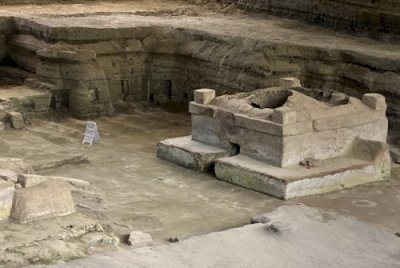
I visited the lovely site of Joya de Ceren in February 2022, not long after its full reopening. El Salvador's one and only WHS had been closed for a full makeover and subsequent Covid measures for most of the time since late 2019. The site from a visitor’s perspective is now in a very good state. Striking is the French support that has gone into the restoration (they apparently paid 70% of the bill of 1.3 million US dollars). The museum has been modernized, good information panels have been placed (in Spanish, English, and of course in French), the site has been made accessible for the blind and the protective shelters have been made higher/larger so that you have a better view of the ruins.
I covered the 40 kilometers between San Salvador and Joya de Ceren in a genuine chicken bus: bus 108 that leaves from Terminal de Occidente. The ride cost only 0.50 US dollars and took 1.5 hours. The bus stops in front of the entrance of the archaeological site, just after crossing a large orange bridge. On the way back I had a “better” bus, with actual seats instead of benches – for an additional 0.25 US dollar I was back in the capital within the hour.
Probably as the result of the refurbishments, the entrance fee for foreigners has risen from 3 to 10 US dollars! They do practice foreigner pricing here and the locals still pay the previous 1 US dollar (notwithstanding …
Keep reading 0 comments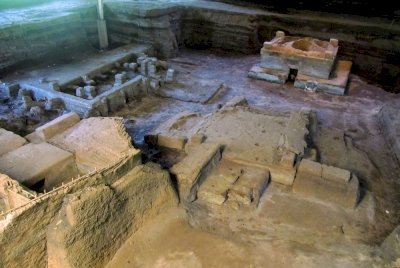
After some problems and delays in Nicaragua we found ourselves having to scale back our plans through El Salvador. Fortunately there is only one WHS to visit and it remained our priority. The worst thing you could do when visiting this site is expect it to be anything like any of the well known Mayan ruins in the region. This one is small scale and has obvious OUV that is more archaeologically technical than of broad appeal to the casual tourist. There are no major structures here and the village is believed to have only existed for 30 years or so before it was abandoned and buried by ash. Having said that we enjoyed our visit and found it to be a nice compliment to our overall understanding and appreciation for all things Mayan. The small museum on site is informative and a visit there first is necessary preparation for understanding the rest.
Although more have been found there are about a dozen structures, divided into 3 separate covered areas visible from above. Unlike many other Mayan ruins there is no climbing on and touching these ones. The path is above and you look down through the 14 layers of ash at what has been uncovered. The details are hard to pick out but you can get some sense of the size of the homes and their relation to one another in the village that once was. We were through it all in about an hour and entry was …
Keep reading 0 comments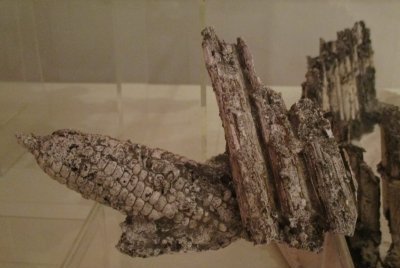
I visited this WHS in September 2016 during my Latin Grand Tour which last for 7 months. This is a very interesting WHS as most of the WHS in Latin America are related to Aztec, Mayan, Inca or Spaniards glory history, and Joya de Ceren is more to the daily life of the Pre-Columbian Mayan 1400 years ago. The ashes from the nearby Loma Caldera volcano eruption covered and preserved the site in time capsule, just like Leon Viejo and Pompeii.
I recommend to visit the museum first before entering the archaeological site so that one will have a better understanding of what's in the archaeological zone. Most of the excavated items are here, for example you can see many ceramics with drawing of animal found in jungle like monkeys and birds. The most interesting item I found in the museum is the carbonized corn. This is the evidence of Mayan domestication of plants and up till today the Latinos are still eating corn as their main food.
Joya de Ceren was a small Mayan village with 10 structures including some houses and storehouses. There is also a temazcal where the Mayan used as a sweat lodge to heal sickness. The site is not big and it will only take you around half an hour but interesting enough to be the only WHS in El Salvador.
Keep reading 0 comments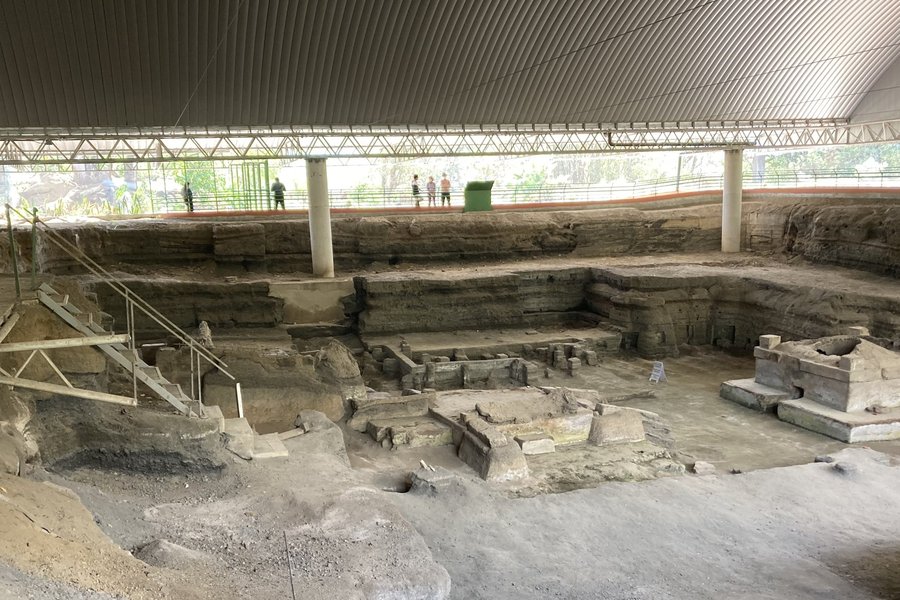
In 1990 I was on the Joya de Ceren archaeological team of Andrea Gerstle. There were six of us and many wonderful locals who housed us and fed us and worked with us at the site. We found the third house, in fact Jose and I found it, 15 feet down when we scooped up a fragment of what turned out to be the wall of a rammed earth house.
Magnificent site. As noted it tells a tale of life among the 'common' people.
"Certainly the American continent was far better off before the journeys of Columbus and the European takeover." Andy, How do you know this? There is nothing in the record to suggest that pre-columbian America, anywhere, was paradise. Especially in this neck of the woods.
The Maya rulers where Kings and Gods at the same time. The Spanish Kings were no longer 'Gods' but might as well have been.
When you get into the mix of it all most of the world has evolved about the same way. Because Andy, 'WE ARE ALL HUMAN AND HUMAN NATURE DOES NOT CHANGE VERY MUCH IN THE SCHEME'.
Keep reading 0 comments
We absolutely marveled at Joya de Ceren! It truly is a jewel and must not be missed when traveling in El Salvador. My husband is Salvadoran and American and he was so proud of his country and what they have uncovered. The museum was fantastic, the tour informative, and the landscaping meticulous.
I blogged our visit plus a bunch of pictures, which do not do justice what you see in real life. aut2bhomeincarolina.blogspot.com/2010/10/joya-de-ceren-archaeological-site.html
Keep reading 0 comments
I had a wonderful time at the site about ten years ago and greatly enjoyed all that there was to learn and particularly the contrast with the Mayan ceremonial cities. However, I have to disagree with Ivette, though. We have not advanced at all. On the contrary, life remains very harsh for the poor majority. The environmental and social degradation a bus ride away in San Salvador with many people living in absolute misery is a vivid reminder of this. Certainly the American continent was far better off before the journeys of Columbus and the European takeover.
Keep reading 0 comments
